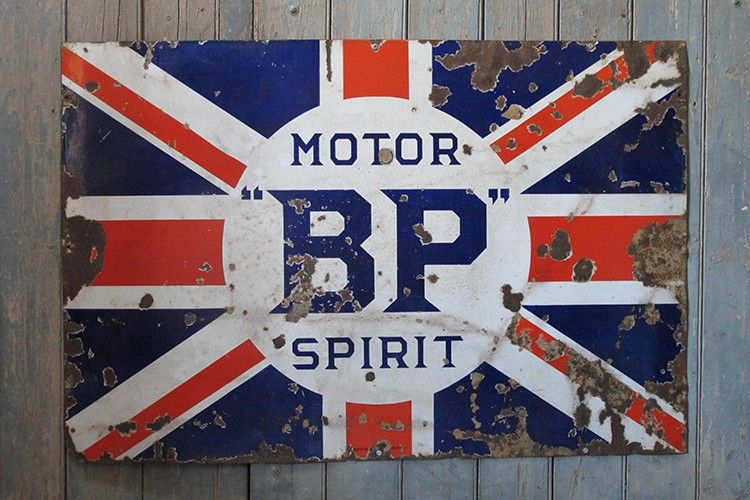What is Dehumidified Car Storage

Car Storage
June 5, 2023
What is Dehumidified Car Storage?
Universally accepted as the optimum car storage solution, dehumidified car storage is the term often used to describe a climate-controlled, car storage environment.
A climate controlled car storage environment has the correct amount of moisture in the air to protect cars whilst in long term storage.
That environment is neither too dry, nor too damp or humid.
Dehumidifiers work within a car storage facility to maintain a constant (low) level of humidity in the air.
This safe humidity level for dehumidified car storage is typically between 40% and 60% RH. Ore on 'RH' or Relative Humidity later.
Dehumidified car storage or climate-controlled car storage solutions come in to their own when the temperature outside fluctuates excessively.
And, it's also not enough to just heat a premises. As we'll discuss later in this article heat is as much a hazard to your car as the cold and excessive moisture in the air.
Typically, in the United Kingdom, from late October to late March temperatures can change dramatically.
It's these differences in temperature that can cause issues for cars left unchecked for long periods in car storage facilities.
If you’d like to discuss dehumidifed car storage for your car get in touch here
Why is the Level of Humidity Important when Storing Cars?
There are two (ok, three) variables that need to be considered when managing a dehumidified car storage environment.
Humidity and Temperature (and Condensation)
1. Humidity
The term "humidity" refers to water vapour in the air.
The amount of water vapour that air can hold depends on its temperature.
When metal or other material surfaces are cold enough, they allow condensation of water vapour from the indoor air.
The collected moisture, if left uncontrolled, can (and will) corrode steel, rot wood and allow mould growth.
2. Temperature
We don't want extremes of temperature whilst storing cars over long periods of time.
At either end of extreme temperature the degrading effects on a car can be devastating.
Wood, metal, leather, fabric, rubber. These are all at risk of degradation in extreme temperatures.
Dry heat can cause leather to dry out and rubber seals and hoses to do much the same.
Extreme cold can cause metals to shrink. Car batteries can lose charge, air pressure in tyres can drop and fluids like oil will become thick.
So, there is a balancing act to making sure your dehumidified car storage environment is neither too hot nor too cold.
3. Condensation
Condensation forms on any cold surface that is below the Dew Point Temperature of the air.
Which brings us nicely to Dew Point and Relative Humidity (RH).
What is Relative Humidity?
Relative Humidity is the critical measure when storing cars in a dehumidified facility.
Relative Humidity (RH) defines the ratio of actual vapour in the air to the maximum amount the air could hold at that temperature - Read more about relative humidity here
RH is expressed as a percentage.
What is the Dew Point? And How to Control it.
When the air temperature cools in an indoor environment, that's when problems can arise.
And it's all down to the Dew Point.
As air cools it holds less and less moisture until it reaches a point where the air is fully saturated ie. 100% RH.
This is the dew point - Read more about dew Point from the Met Office here
If any object in this environment, is at a temperature below the dew point of the air, then moisture is given up by the air as condensation.
Condensation then manifests as water droplets on surfaces.
If left, this water can lead to rust on tools, damp paperwork, mould or mildew on interiors and so on.
The solution?
Simple.
We must reduce the dew point to a level below the temperature of any part of the environment and its contents and keep the RH% level constant.
In short we need to maintain a target relative humidity level in a dehumidified car storage environment.
What is the Target RH% Level for Dehumidified Car Storage?
So, the aim is to arrive at a stable environment somewhere between 40% and 60% RH. Independent of outside temperature.
This is because rust and corrosion on bare metal all but stops below 60% RH.
And because leather and wood (and rubber) can dry and become brittle and crack below 40% RH.
So, 50-55% Relative Humidity is an ideal target for climate controlled car storage environments.
How do You Measure Relative Humidity in A Climate Controlled Car Storage Facility?
At Auto Classica Storage we've chosen to install desiccant dehumidifiers in our car storage facility.
Desiccant dehumidifiers introduce a low level of heating that supports the dehumidification process.
The heat generated from the unit is transferred via ducting in the ceiling to the rest of the facility.
This warm air helps to dry stored vehicles that may still have some moisture from rain or valeting.
The dehumidifier unit has a built in humidistat which is set to 50%.
The humidistat works in the same way as a regular thermostat and is always measuring the RH% in the air.
So, maintaining a constant level of moisture in the dehumidified car storage facility becomes automatic.
We also regularly check the levels with our wall-mounted humidity indicators.
If you'd like to discuss storing your car in our dehumidified storage facility please do get in touch
For further reading please see:
- The Ultimate Guide to Preparing your Car for Long Term Car Storage
- The Ultimate Guide To Choosing a Car Storage Facility
.svg)



